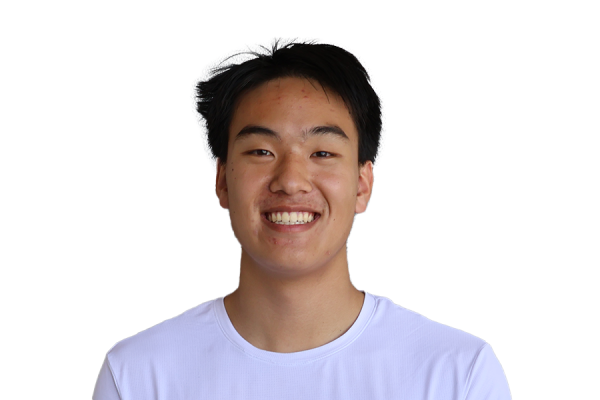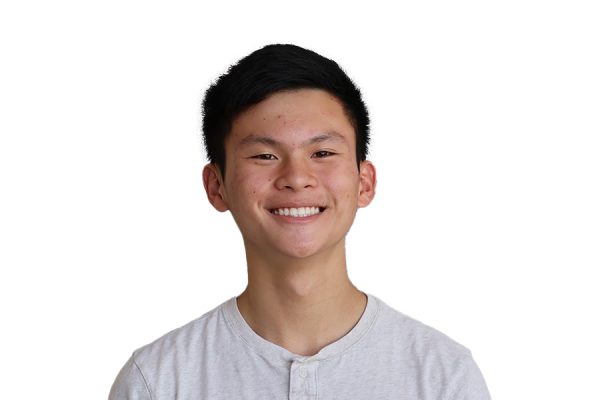
Twitter: @eLeong21

December 1, 2022
Forensic science covers the use of a variety of scientific methods or disciplines to assist law enforcement in solving crimes.
However, this only scratches the industry’s surface, as the amount of knowledge and specialization goes beyond a corkboard and red yarn. In reality, the title of a forensic scientist is an umbrella term. Each scientist has their domain and works in their own part of the laboratory. Much like engineering, the field is split into many different disciplines, with other counties and laboratories interchanging disciplines based on equipment and necessity.
Within the San Mateo County Sheriff’s Office, the forensic laboratory consists of toxicology, DNA and biology, firearms, narcotics, and fingerprint specialists. Each department works together to use the evidence gathered to determine the immediate information about a crime, how a criminal committed a crime, who was involved, and what happened.
“For a portion of the time, we respond to crime scenes if they need any help processing evidence or collecting evidence, and our job is to be a non-biased scientist whose job is to help connect the crime to certain people,” Anzalone said.
When analyzing evidence, Anzalone and her team use various techniques, equipment, and resources to get accurate information. Forensic science lacks specialized equipment as the field is a mixture of multiple different scientific specializations.
“Many of the tools that we use most of them are found in different professions. All of the test equipment that we use is also used in biotech or hospitals, but because we are forensic scientists we just use them for different purposes,” Anzalone said.
For example, the San Mateo County Forensic Laboratory has recently adopted a new piece of equipment to better record a crime scene and to make crime scene processing much more efficient.
“We have the Leica RTC360 3D Laser Scanner. It’s like a laser that collects data points. So we can show people what we saw. Instead of memorizing the exact measurements of where and what we saw at the crime scene, it creates data points in a 3D visualization of the scene and displays the different evidence items so a jury or other appropriate audience can see for themselves what happened,” Anzalone said.
Additionally, forensic scientists can reuse other scientific resources to gather data. One of those resources is dental stone, a part of an orthodontist’s toolbox for molding braces.
“For instance, if we look at a shoe print in the dirt, we pour dental stone into the depression to capture all the markings of the shoe print and patterns in the dirt,” Anzalone said.
The chain of custody is one of the more critical procedures to ensure evidence is not altered. People need to document where the evidence goes to make sure someone does not disrupt the purity of the evidence.
“A key part of our process is chain of custody. We have to be able to track where a piece of evidence went to be stored, analyzed, or used in court. Without it, the integrity of our evidence is ruined,” Anzalone said.
A forensic scientist must be deliberate, thorough and precise when analyzing evidence because lives and reputations are at stakes.
“Before we even enter the crime scene we need to pass competency training. We have to be careful with contamination because if we contaminate evidence, things can go wrong with DNA testing or other analysis so we have to stay observant and careful so that we can have the best evidence at the end of the day,” Anzalone said.
Ultimately, a forensic scientist’s goal is to present comprehensive and credible evidence to be accepted by the jury. However, as science develops, so do the criminals. The race between criminals and the law has become increasingly tight as the internet and access to online resources are evolving by the minute.
The ability to enforce the law eventually falls onto the capabilities of a criminalist to not only analyze evidence but also to innovate and adapt to match or surpass criminals for lawyers and police to enact justice.
“There’s a sort of arms race of criminology and the criminals themselves trying to evade the advances in forensic science and that there are lots of scientific advances that are going to come out of this,” Kamat said. “In general, it’s always been kind of equal, and I feel it will stay that way for the most part. So it’s kind of good that, by and large, we can catch criminals. Because of this arms race, there are a lot of scientific developments in biochemistry and other fields of science and technology.”
Forensic scientists are not just scientists but also humans. Many of them have to deal with the stresses of examining sensitive information and can face backlash from many different kinds of people.
Additionally, with the rapidly changing political climate and the recent attitude shift towards the police and law enforcement, further pressure is added on forensic scientists to produce the facts needed to prosecute or exonerate people. This additional pressure has negatively impacted the scientists as the pressure to “get it right” mounts.
“In current times, something like George Floyd has become a rough time for law enforcement because there is so much negative attention towards us out there, so we’ve learned to be in a lot of personal wellness training. Having a good support network is very important and being able to verbalize what is bothering you,” Anzalone said.
However, Anzalone believes that the negative attention is not to dissuade anyone from becoming a forensic scientist but is an additional factor to account for when considering forensic science as a career choice.
“I like to tell students that might be interested in forensic science to get a degree in science first. Then pursuing forensic science through programs and internships. Getting a science degree keeps your options open. Forensic programs are great but nothing can fully prepare you for the job because of the nature of crime as a whole. So keep your options open in case you find it’s not for you,” Anzalone said.

